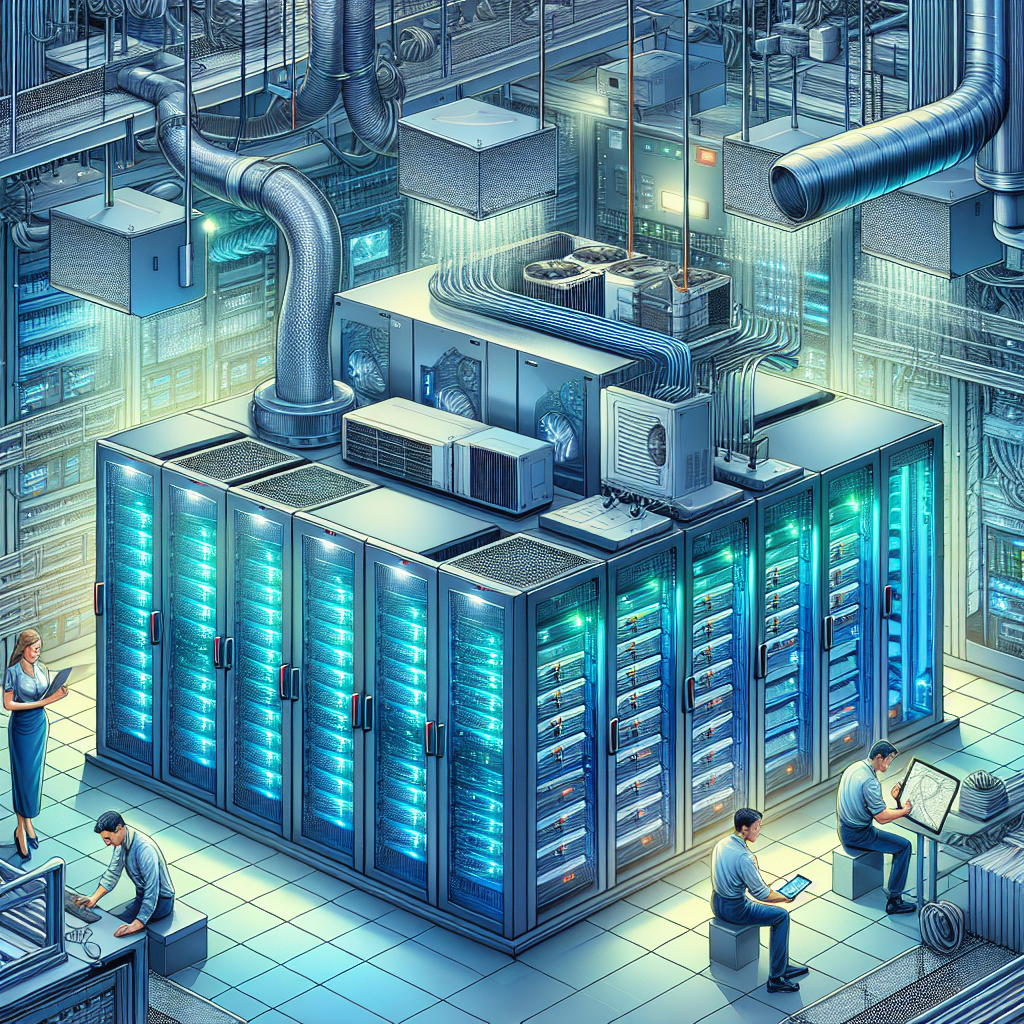Data centers are essential for storing and processing large amounts of data, but they can also generate a significant amount of heat. This heat must be properly managed to ensure the smooth operation of the servers and prevent damage to the equipment. However, cooling a data center can be a complex and expensive process, presenting a number of challenges for data center managers.
One of the main challenges of data center cooling is energy consumption. Cooling systems can account for a significant portion of a data center’s energy usage, driving up operational costs and contributing to carbon emissions. Finding ways to reduce energy consumption while maintaining optimal operating temperatures is a key concern for data center managers.
Another challenge is ensuring effective cooling throughout the data center. Hot spots can develop in certain areas of the facility, leading to uneven cooling and potential overheating of equipment. Proper airflow management and the use of containment systems can help mitigate this issue, but it requires careful planning and monitoring to ensure consistent cooling across the data center.
Additionally, as data centers continue to grow in size and complexity, the challenge of scaling cooling systems becomes more pronounced. Traditional cooling methods may not be sufficient to handle the increasing heat loads, requiring data center managers to invest in more advanced cooling technologies such as liquid cooling or indirect evaporative cooling. These systems can be costly to implement and may require modifications to the existing infrastructure.
Data center managers also face challenges related to environmental factors. External temperatures and humidity levels can impact the efficiency of cooling systems, making it necessary to adjust cooling strategies based on external conditions. Additionally, increased environmental awareness has led to greater scrutiny of data center energy usage and carbon footprint, prompting data center managers to explore more sustainable cooling solutions.
To address these challenges, data center managers can implement a number of strategies to improve cooling efficiency and reduce energy consumption. This may include optimizing airflow to eliminate hot spots, implementing energy-efficient cooling technologies, and utilizing free cooling methods such as air-side economization. Regular monitoring and maintenance of cooling systems are also essential to ensure optimal performance and prevent equipment failures.
In conclusion, data center cooling presents a number of challenges for data center managers, including energy consumption, uneven cooling, scalability, and environmental considerations. By implementing efficient cooling strategies and investing in advanced cooling technologies, data center managers can overcome these challenges and ensure the reliable operation of their data centers.

Leave a Reply
You must be logged in to post a comment.